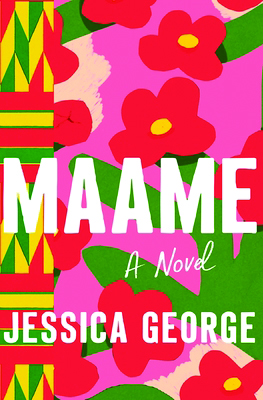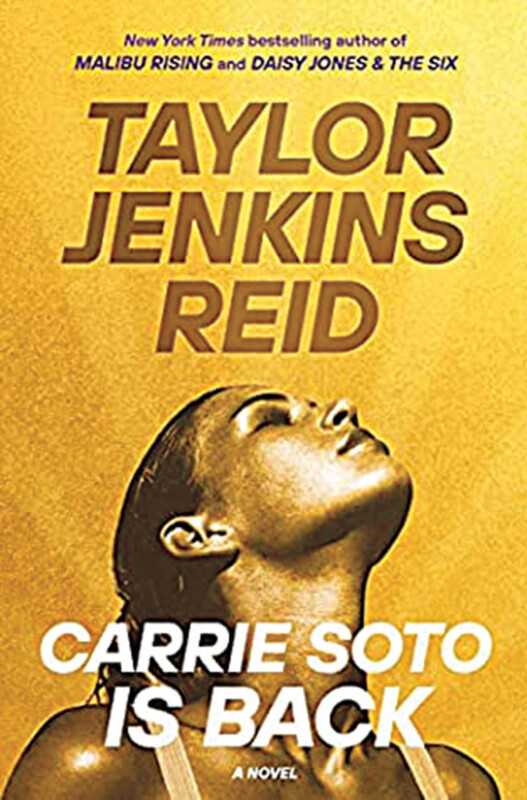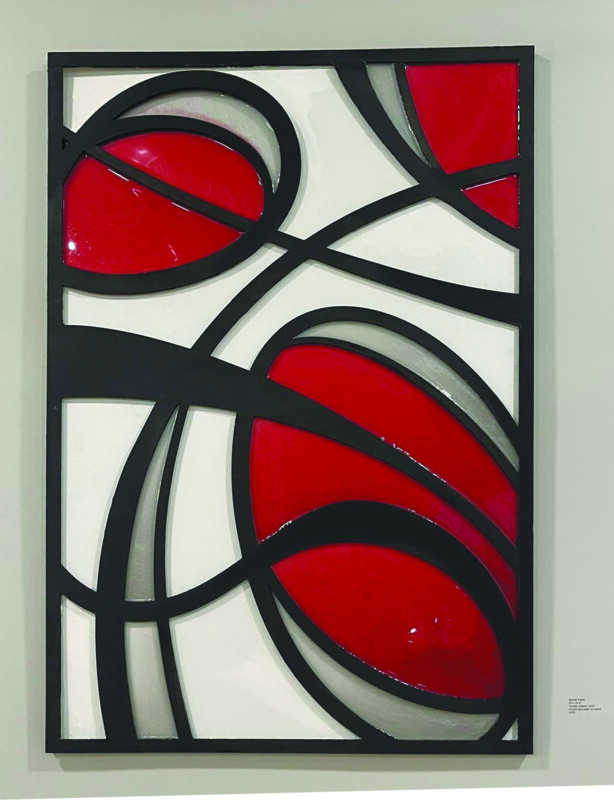Familia, by Lauren E. Rico (Kensington, 368 pages)
I started reading Familia in a hotel room while waiting for my daughter to get ready to go to dinner – and promptly lost all desire to go out to dinner. (I mean, we went — she wasn’t about to buy “but I really like this book” as a reason not to).
Lauren E. Rico’s novel is a fast-paced story that covers a lot of bases: family, obviously, but also different cultures and how they form us, a bit of a mysterious crime, and coming to terms with a life that can change in so many significant and unexpected ways.
A DNA test brings together Gabriella and Isabella, the former young woman fully believing the results were a mistake and the latter having no doubt that they weren’t. Isabella, who has lived her whole life in Puerto Rico, used to have a sister, Marianna, and she disappeared when she was seven months old while in the care of their extremely inebriated father. Gabby, a magazine fact-checker who lives in New York City and was raised by now-deceased parents whom she loved deeply, does not believe it’s possible that the parents who raised her — Mack and Lucy — were not, perhaps, her birth parents.
Gabby embarks on a trip to Puerto Rico, for the sole purpose of writing a magazine story about what happens when DNA test results are wrong. She thinks it’s the perfect way to show her boss that she has talents beyond fact-checking and deserves a staff position as a writer.
It seemed a little unbelievable that Gabby is a fact checker — her job is literally to dig in and find facts — and yet she doesn’t make much of an effort to dig into the facts about her family history despite the DNA test results. I guess there’s that emotional component that would make it difficult to believe that your history is anything other than what you remember and what you’ve been made to believe.
As Gabby explains to Isabella, “For what you’re saying to be true, I’d have to believe Mack and Lucy would have — could have — literally stolen a baby off the street. … This isn’t about not being able to believe that I’m your sister. It’s about being able to believe that I’m not their daughter. And I just … I can’t.”
The story mainly alternates between Gabby’s and Isabella’s points of view, but there’s a whole cast of interesting characters, and Rico gives most of them at least one chapter. This means the story is tied together from all sorts of perspectives, from Alberto’s — the book opens with him, coming to on a street, baby missing — to the detectives’ on the missing-baby case. It was a really fun way to see the mystery unravel, because, of course, nearly everyone has a secret. The narrative also switches between now and “that day,” the day the baby disappeared, offering another compelling angle.
There’s the mystery, and then there’s the juxtaposition of two young women who were raised very differently and have different kinds of intelligence; Gabby is more book smart while Isabella is more street smart. Rico shows this subtly but effectively, in scenes like this one, from Isabella’s point of view, as the women walk through one of the shabbier areas of Puerto Rico.
“When Gabby takes out her phone to snap a picture, all she can see is the mural — a spray-paint reproduction of the Mona Lisa draped in a Puerto Rican flag. All I can see are the two guys standing just out of the frame, conducting a little street-side retail.”
There’s definitely a “wealthy girl from NYC vs. poor girl from San Juan” piece of the narrative, and while I personally didn’t feel like it was overdone, I think someone who is of Puerto Rican descent or is more familiar with Latino culture would likely read the representations of Puerto Rico a lot differently than I did. A lot of the descriptions shine a negative light on the people and places of Puerto Rico, mainly San Juan and la Perla, and I can’t pretend to know how accurate they are. The author does include a note at the beginning of the novel explaining her own family history and that she is trying to honor her heritage and the stories she heard from her Cuban grandfather and Puerto Rican grandmother, along with her extensive DNA connections to the island and her own experiences visiting there (which she acknowledges were from a tourist point of view).
Familia is a quick read that manages to be both fun and a bit dark, but it’s also meaningful and has a lot of heart. A-






